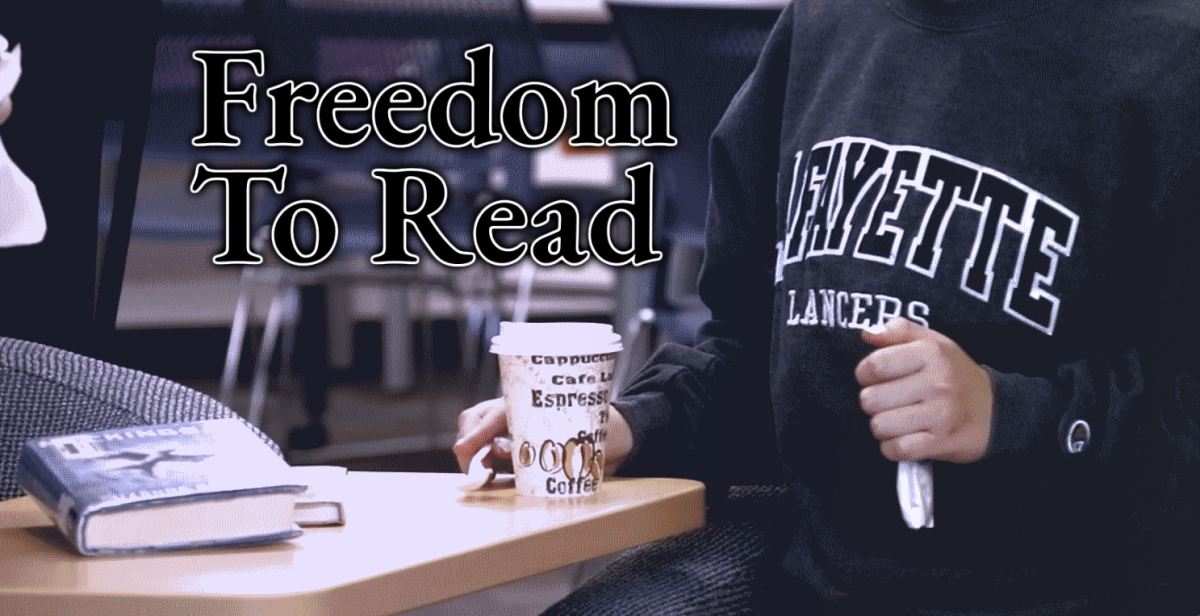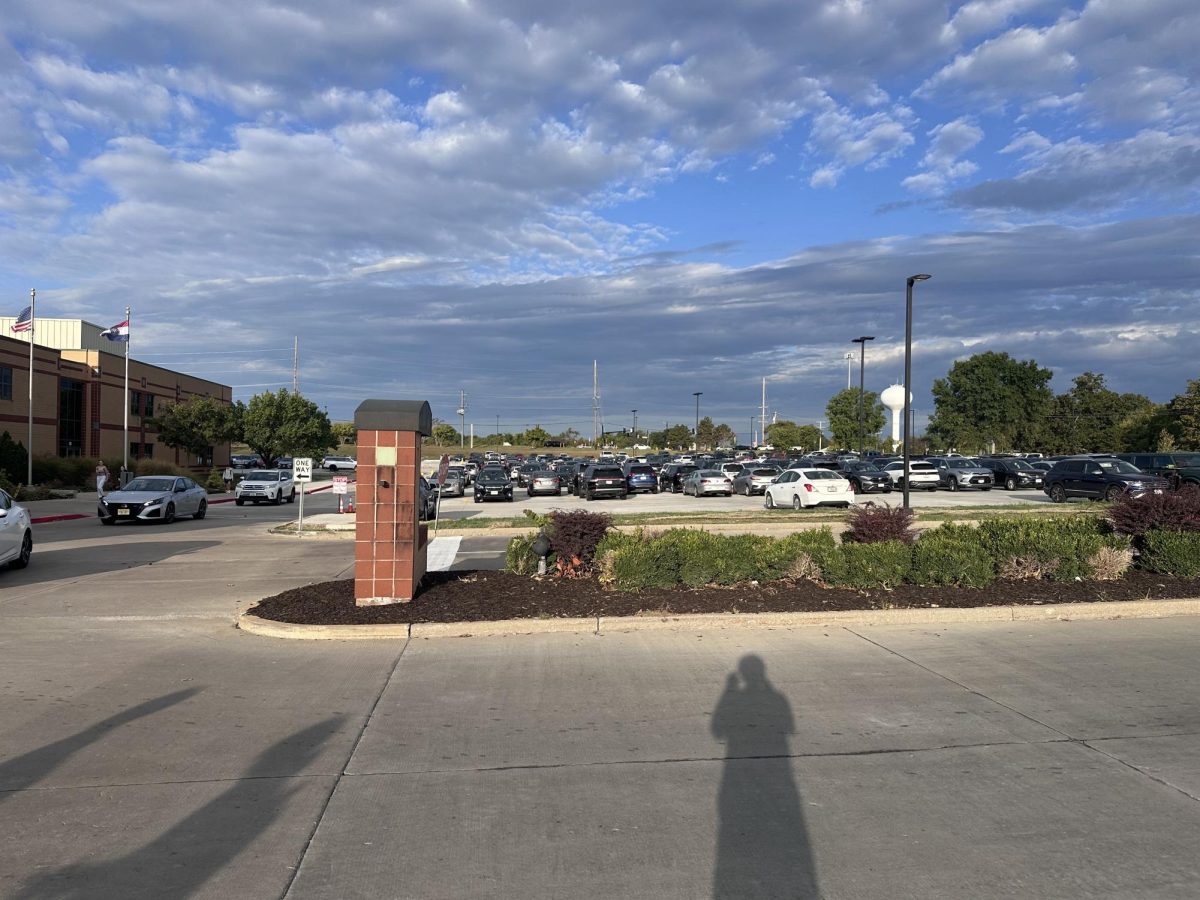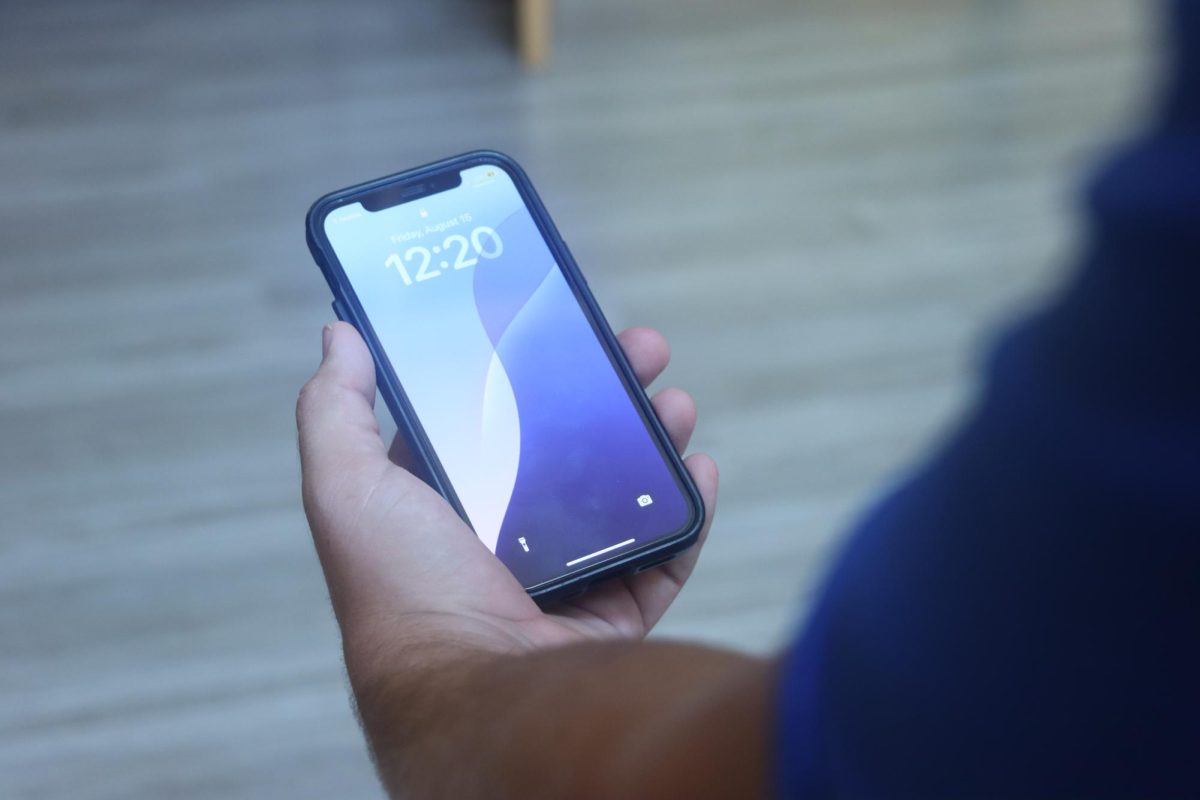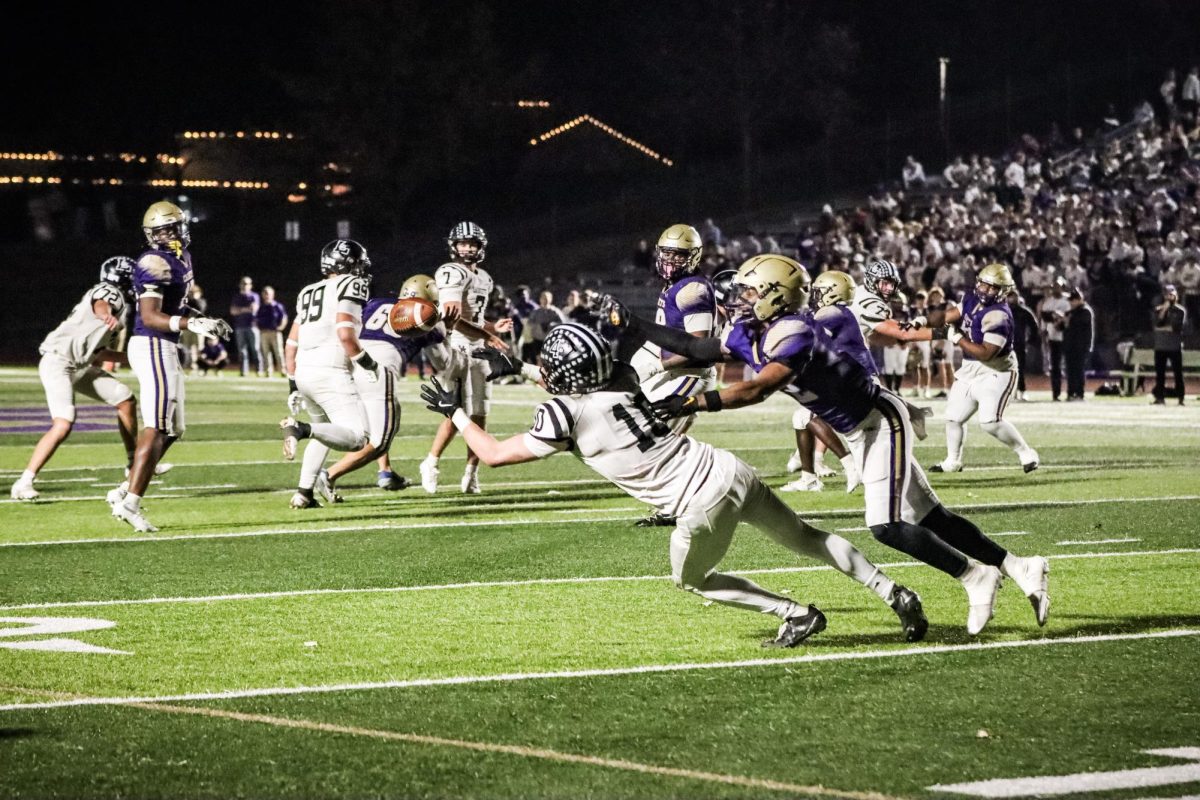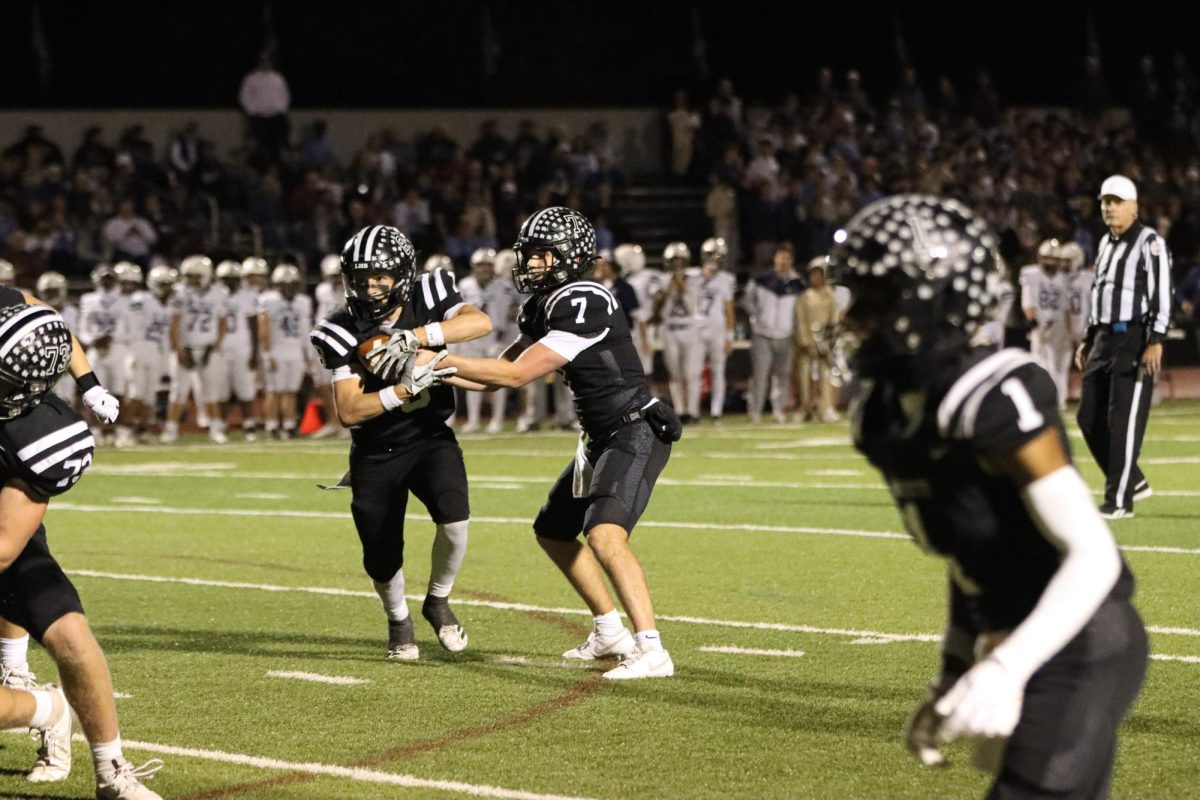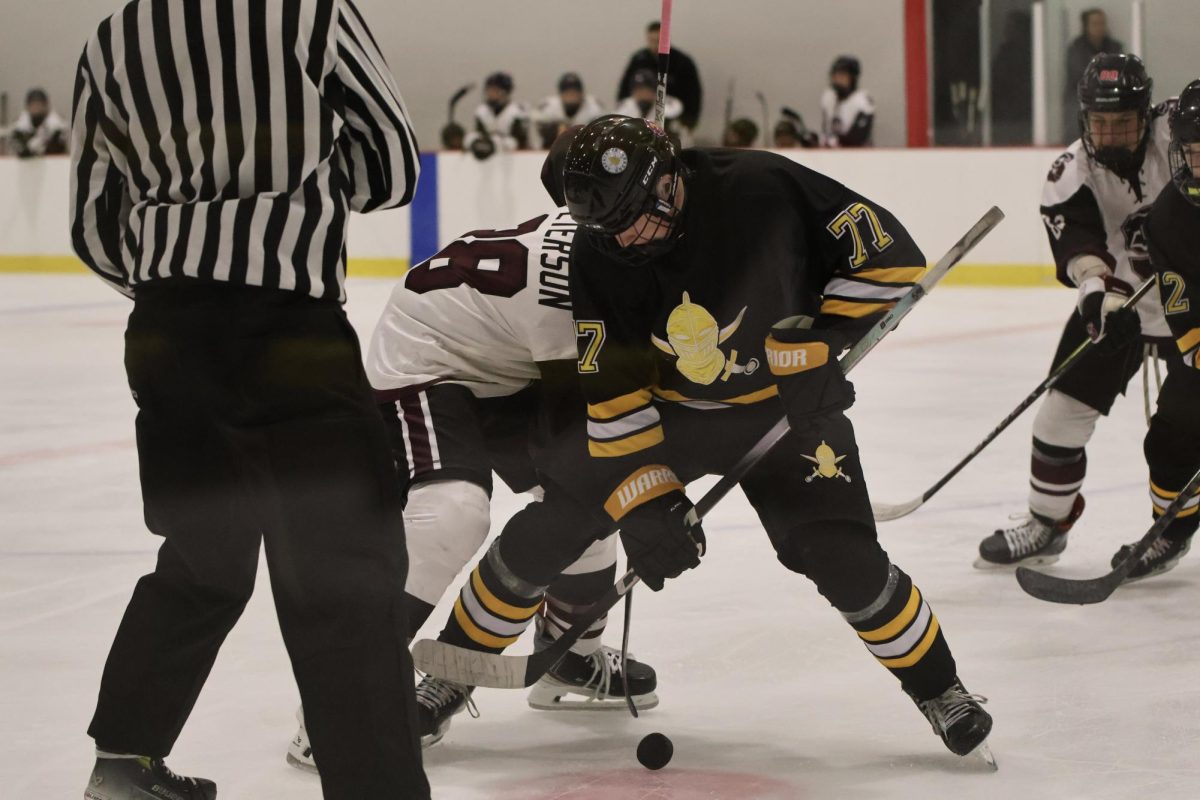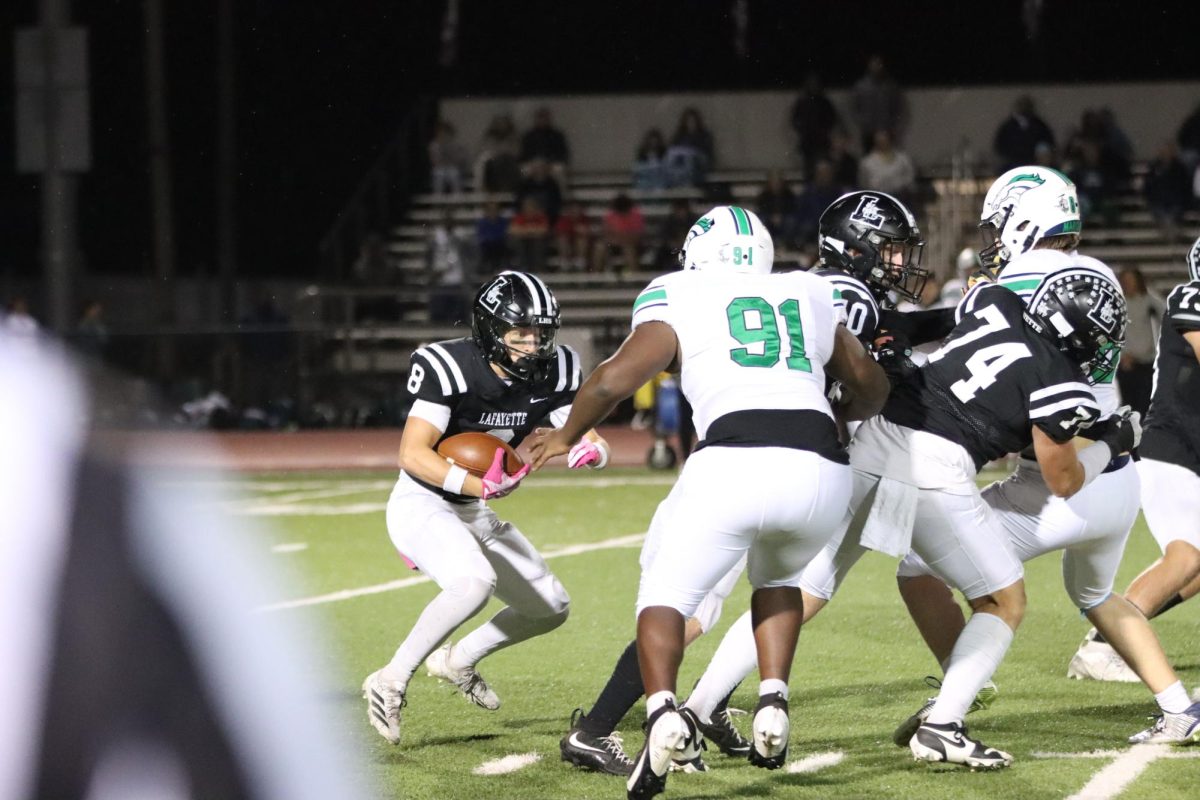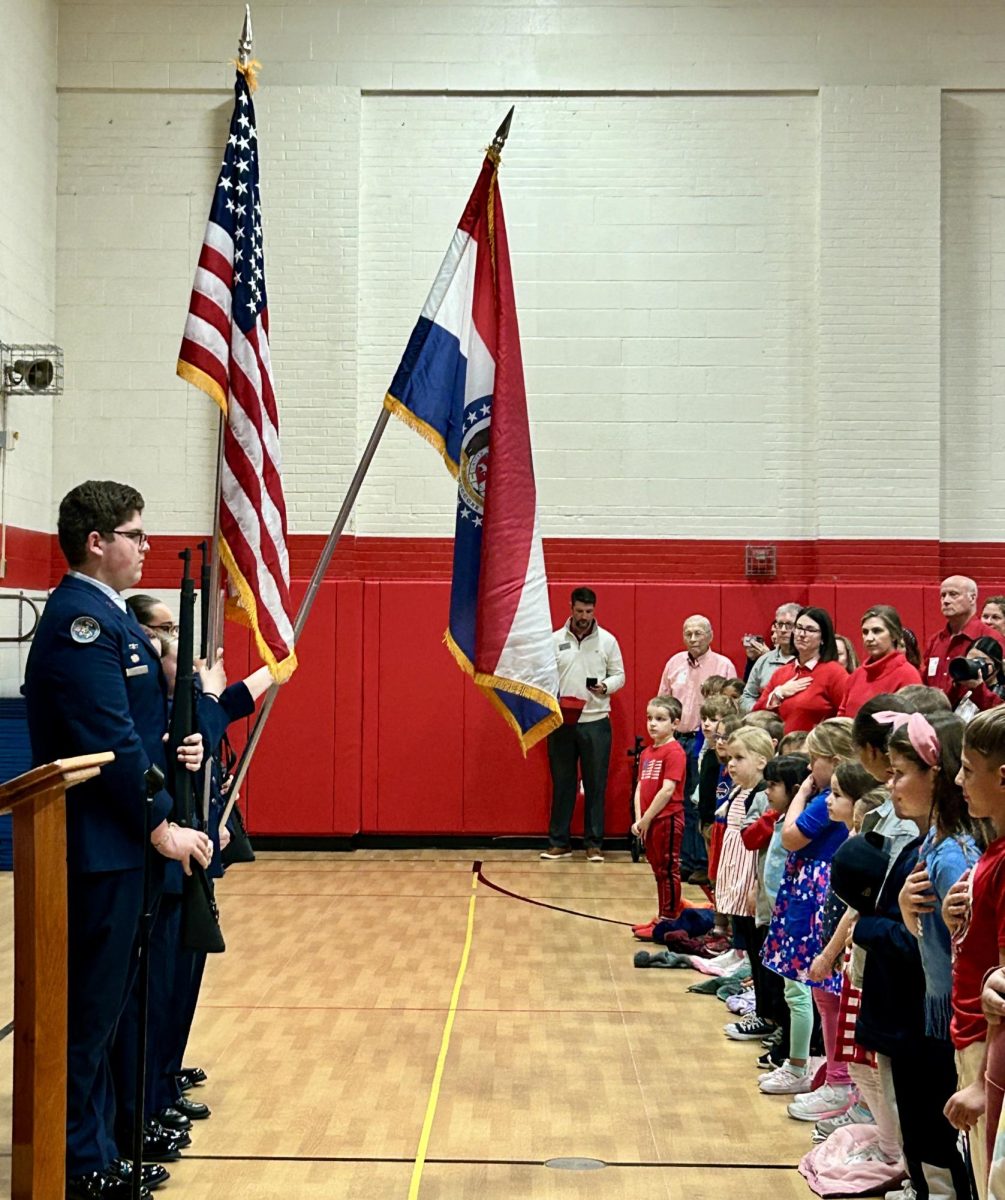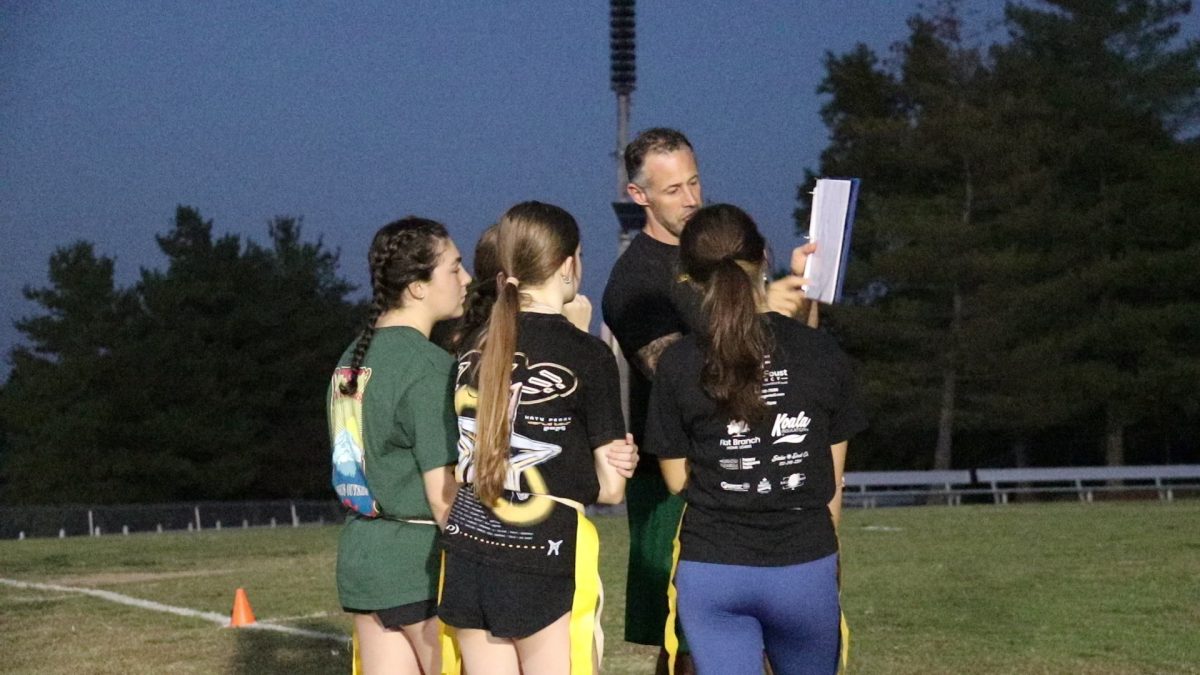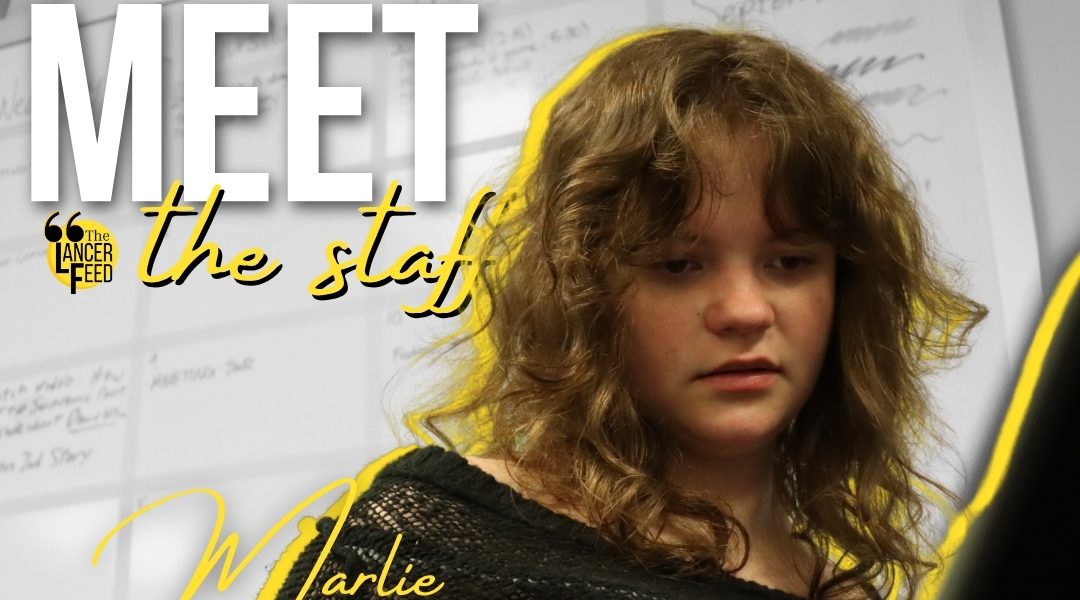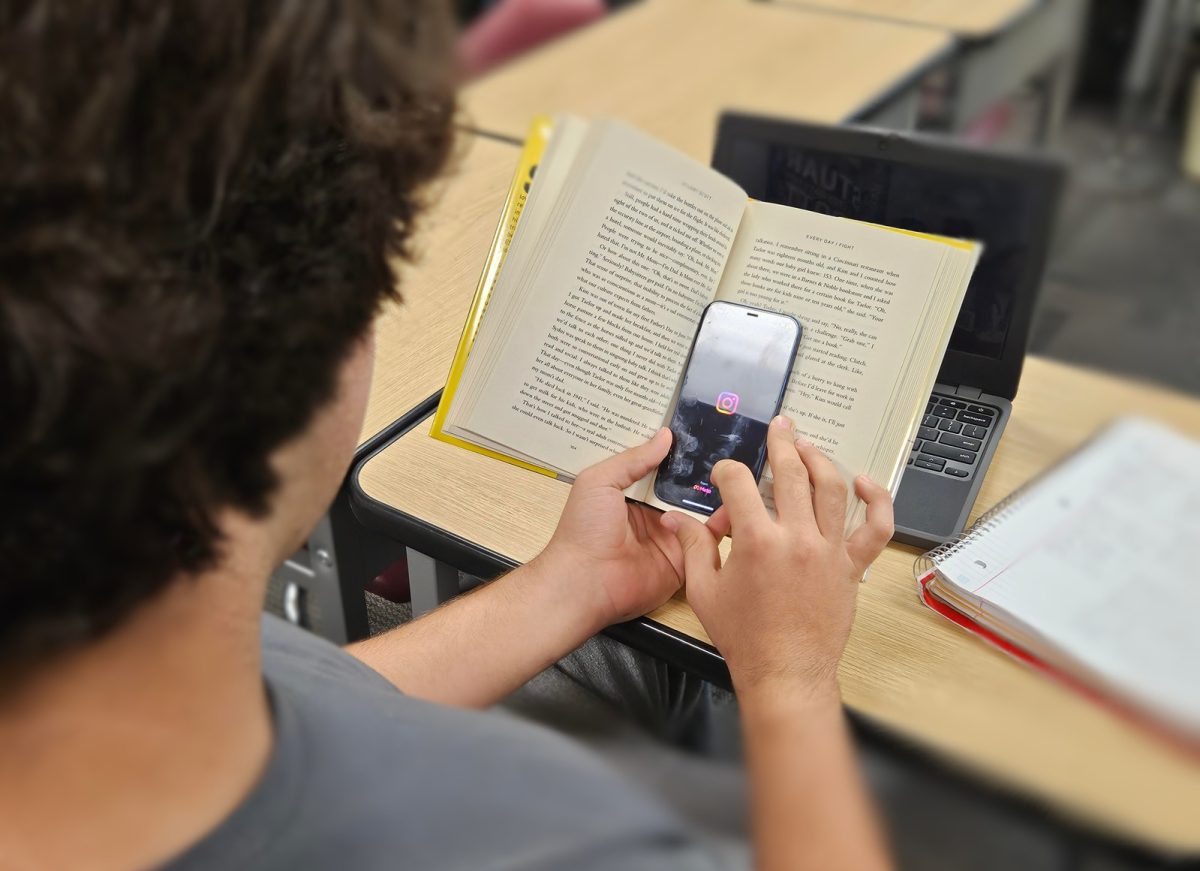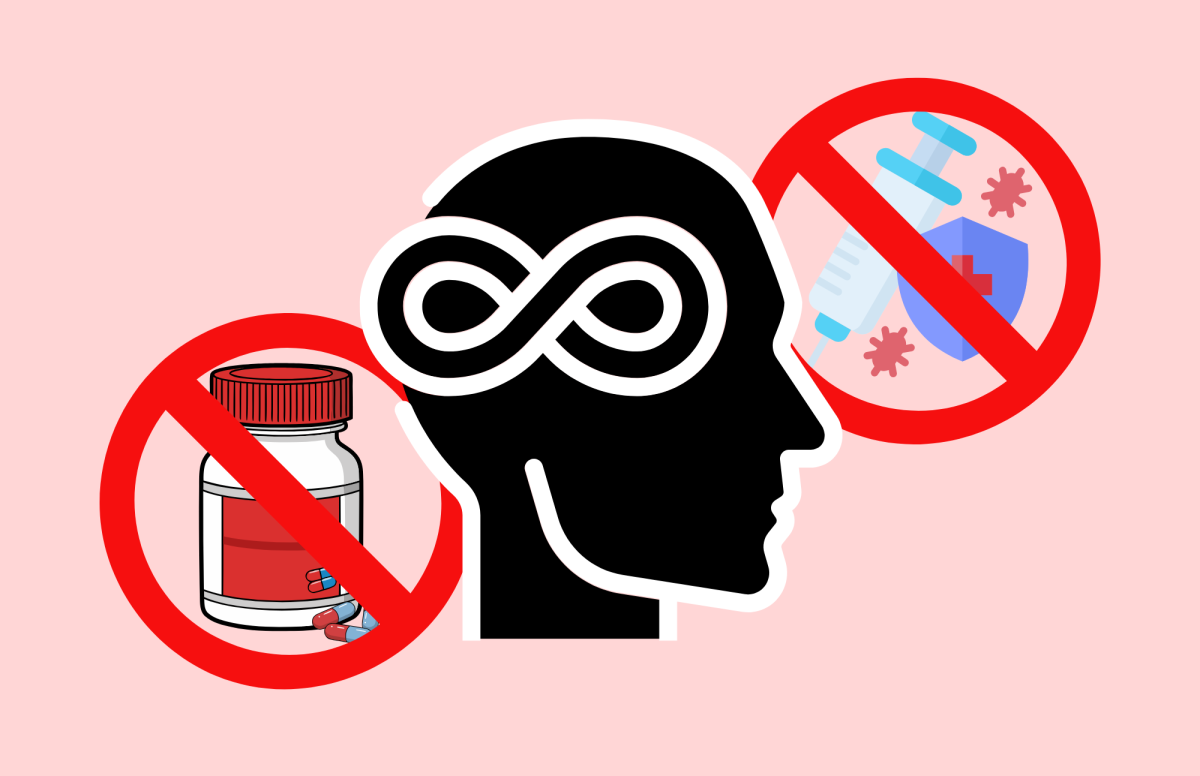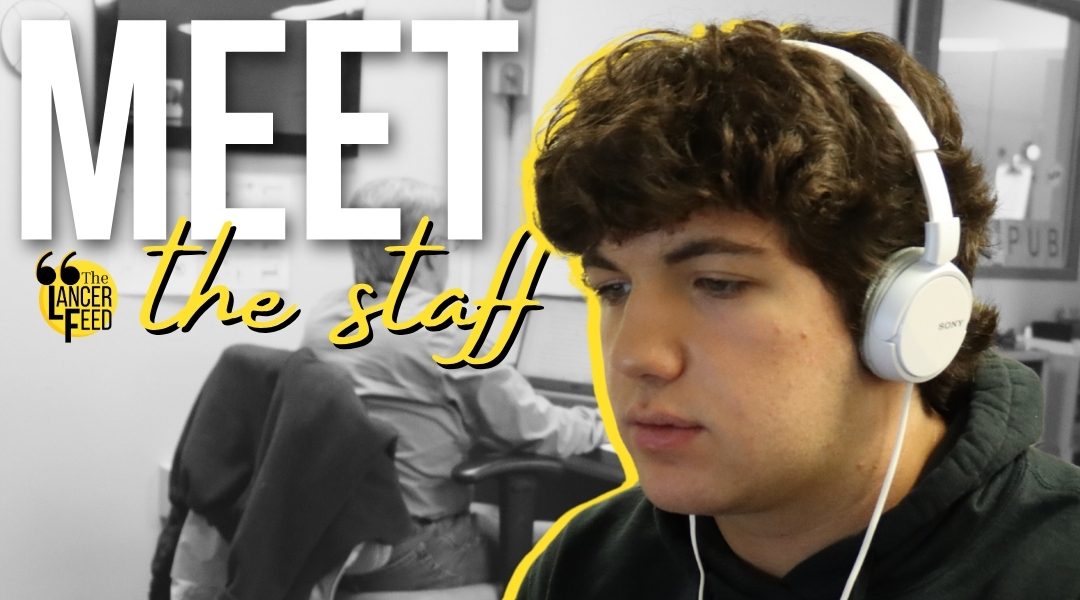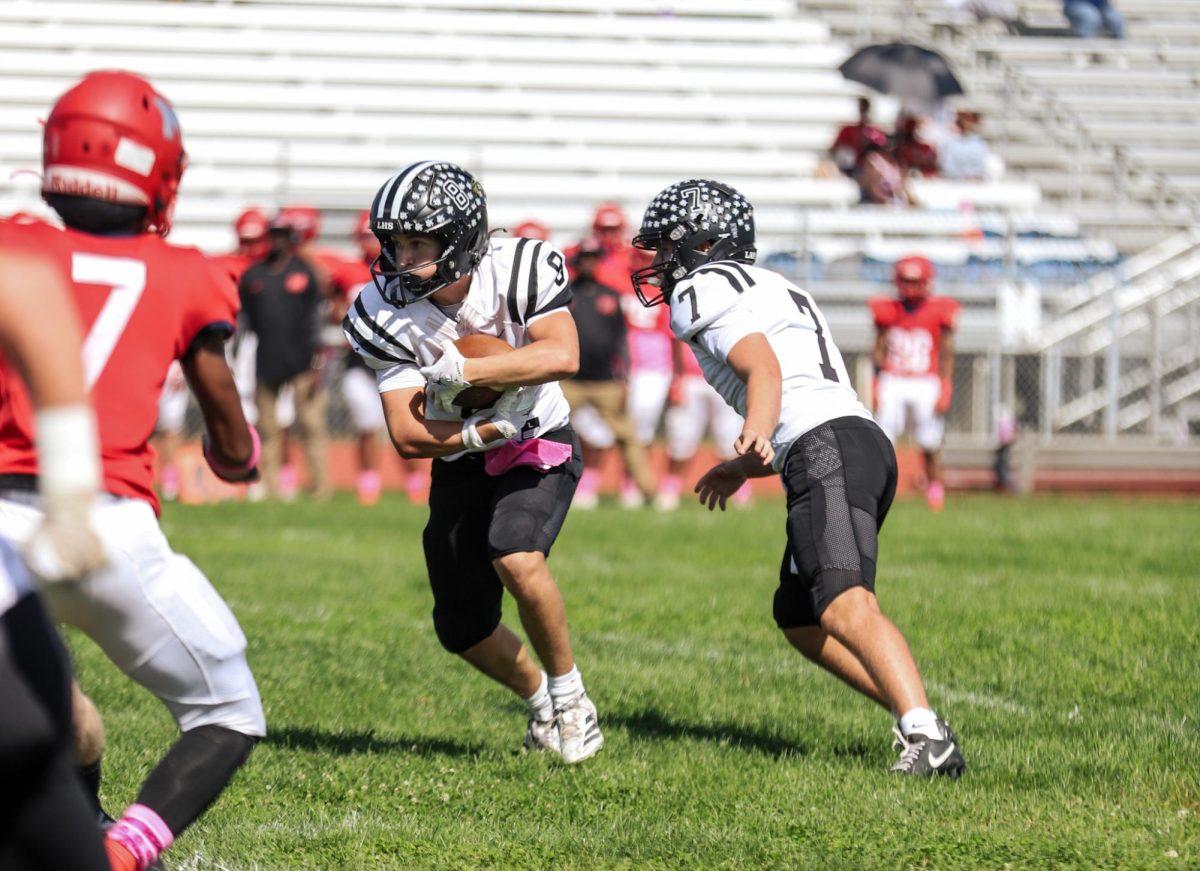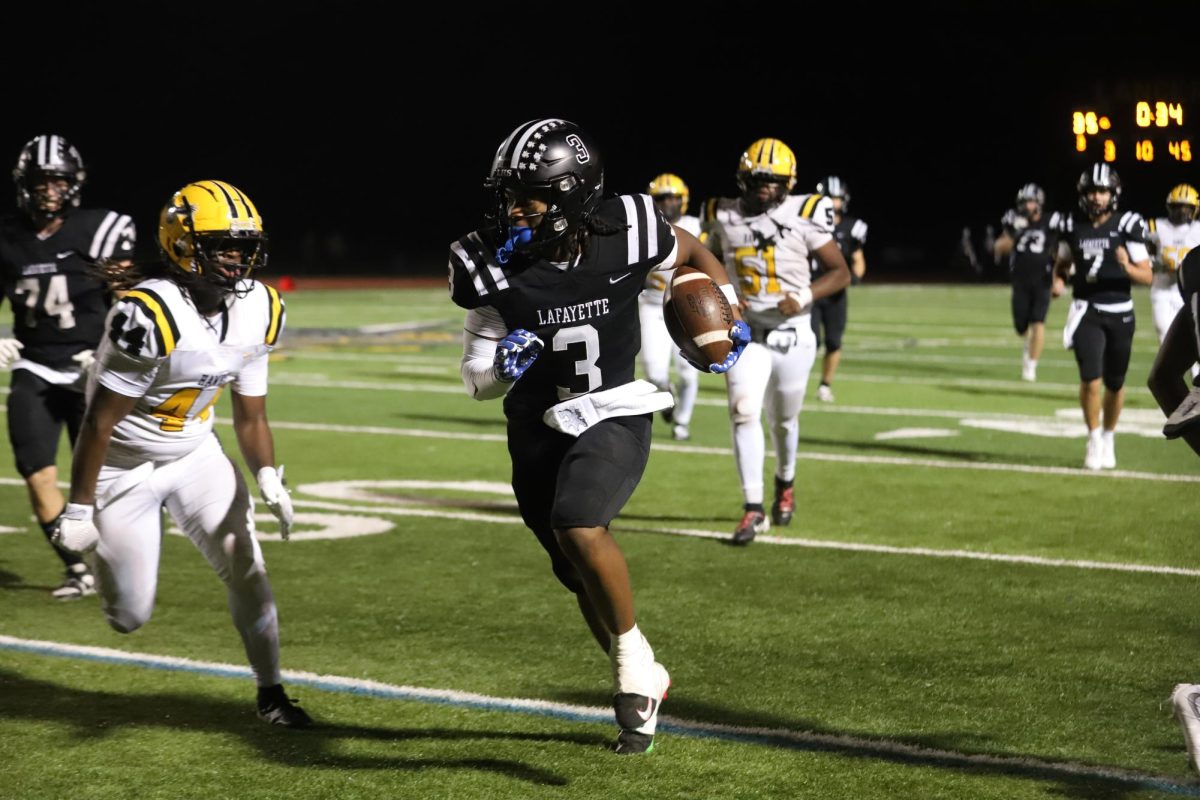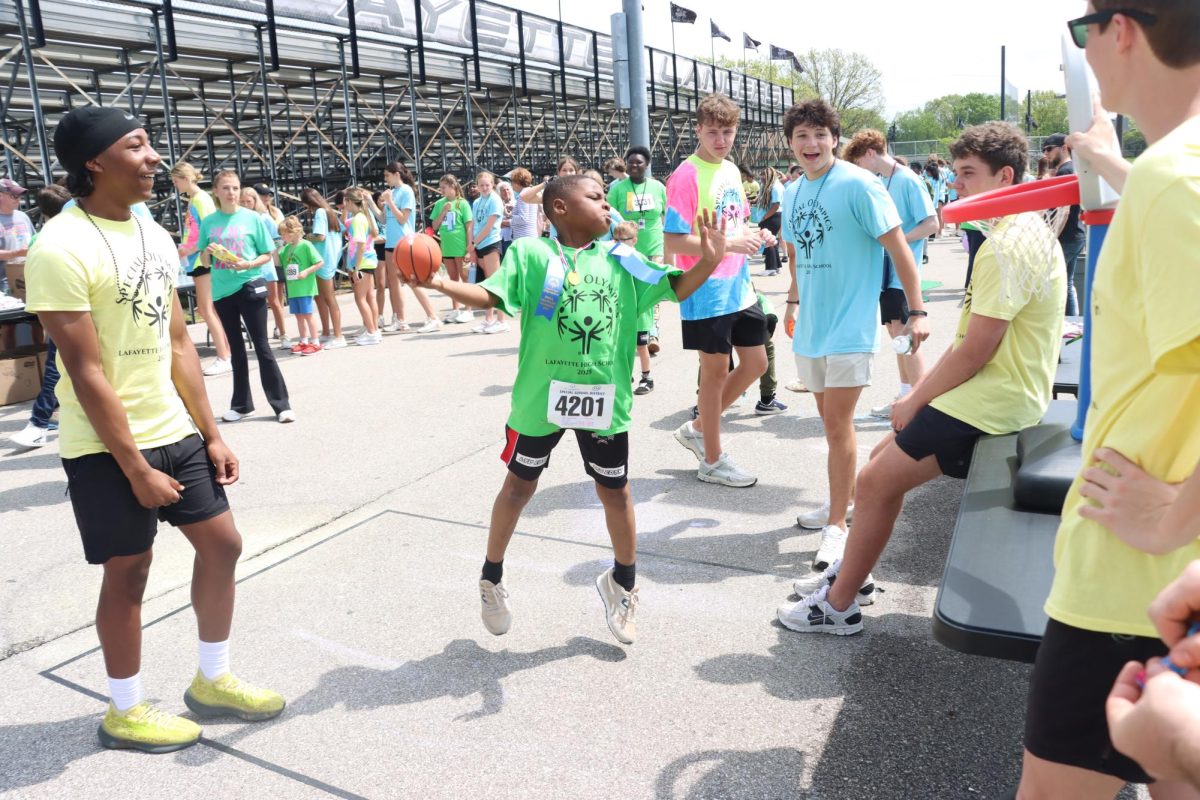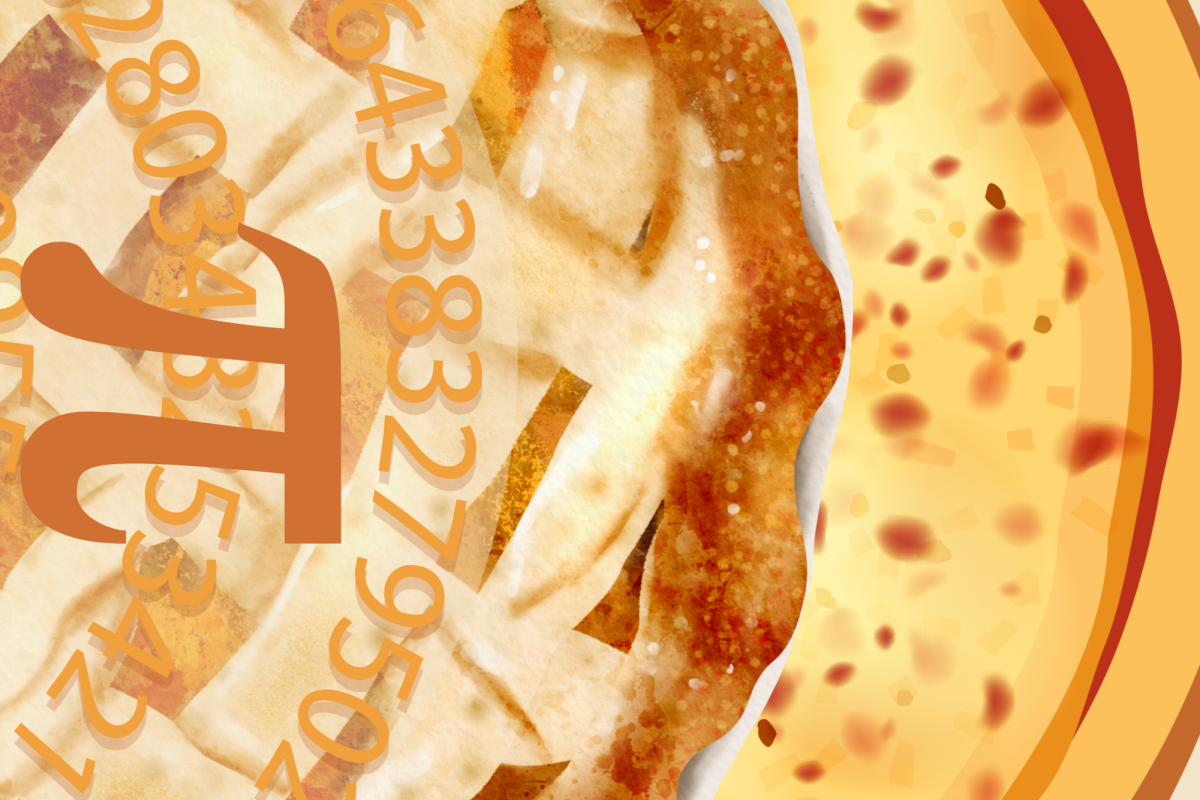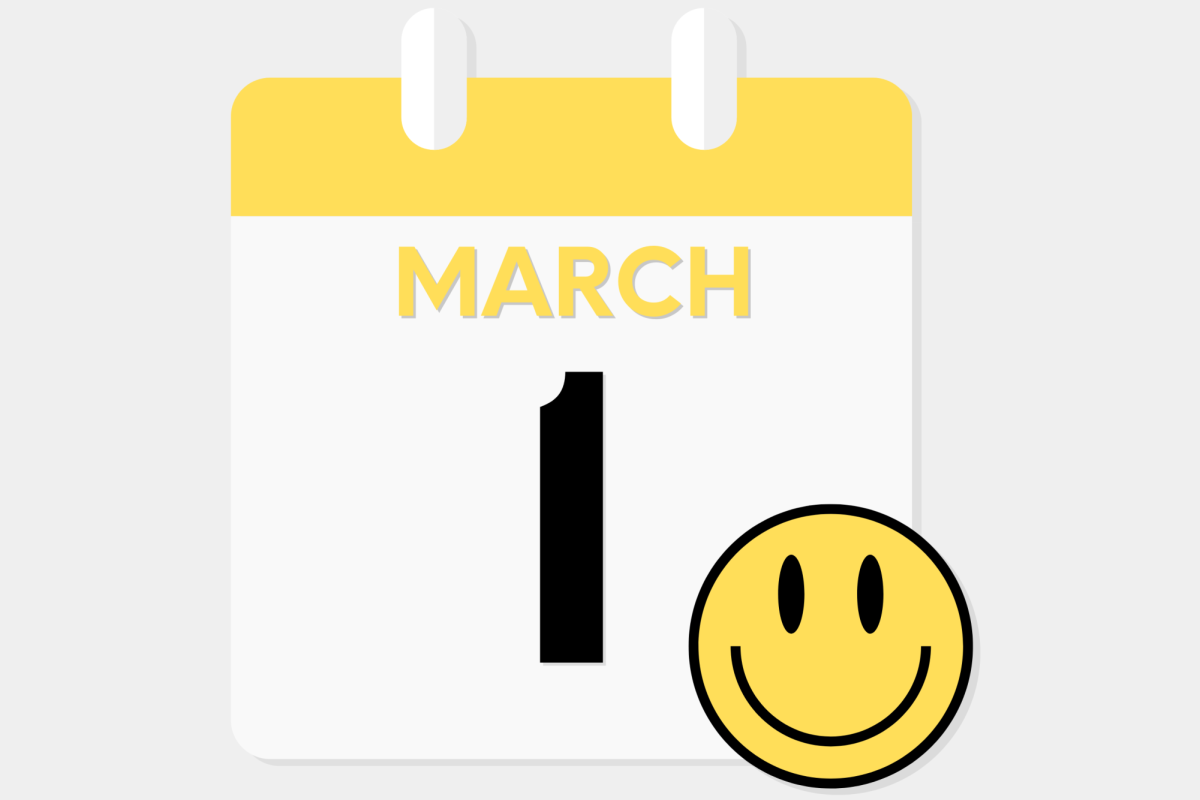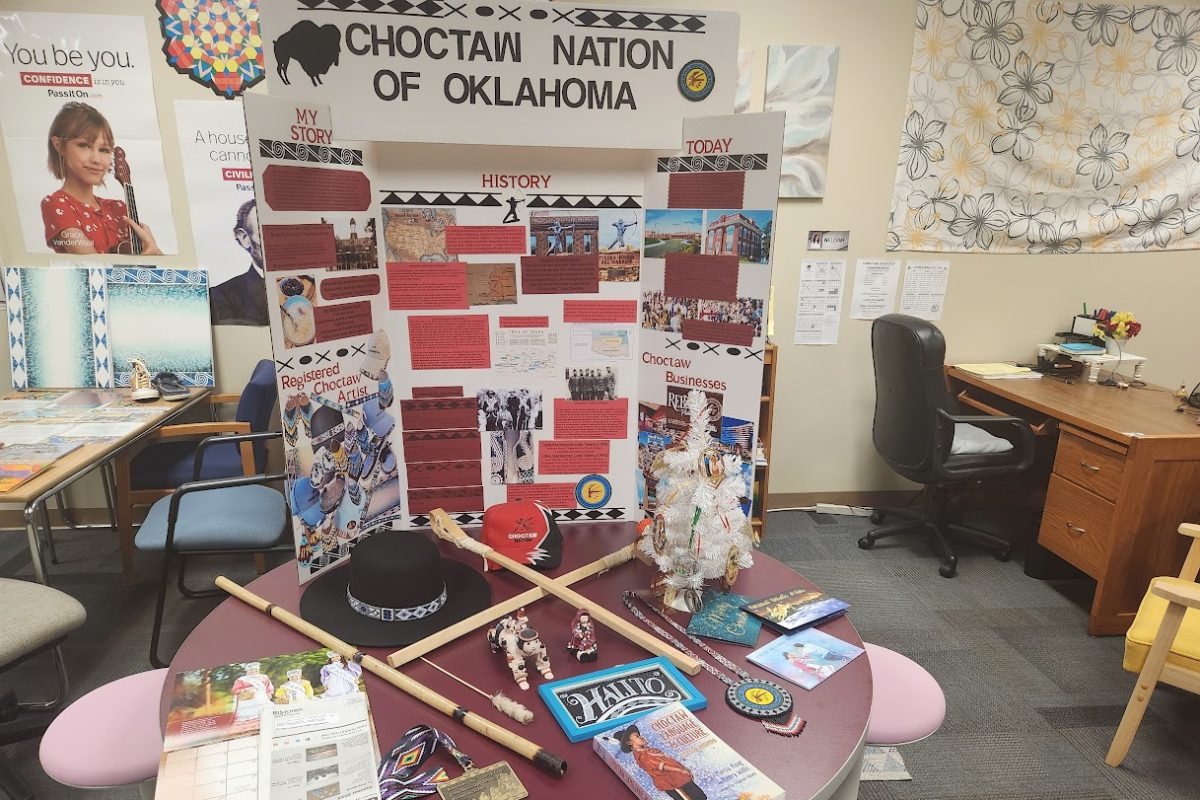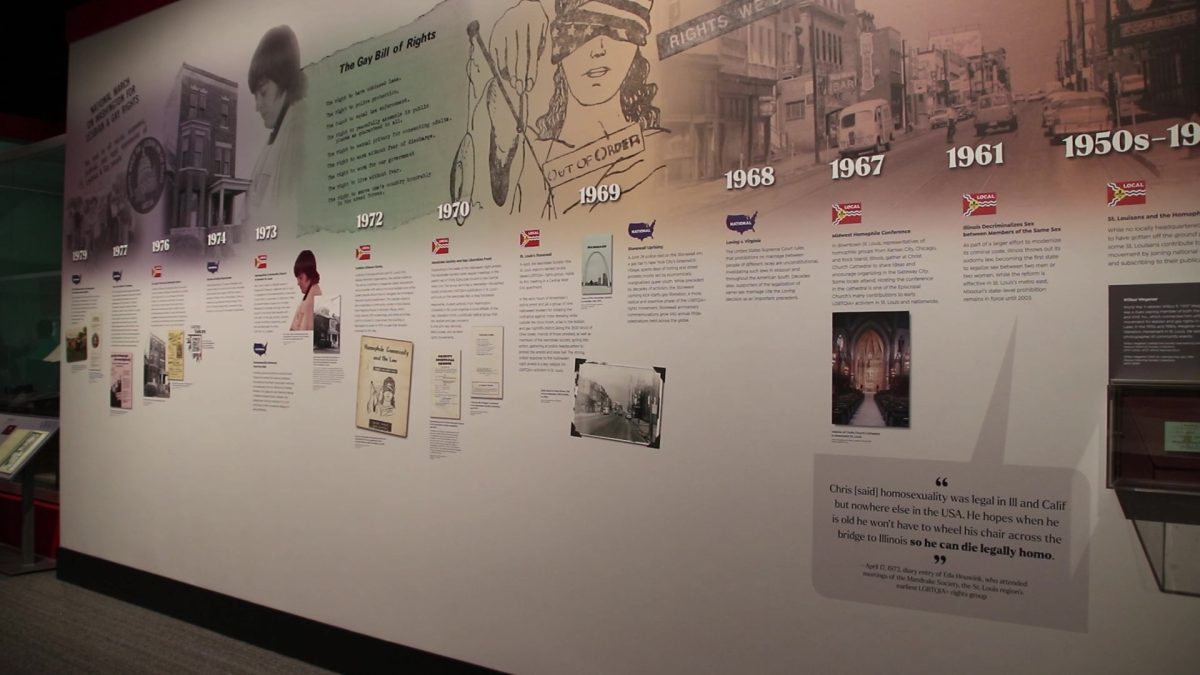After a test, history teacher Steve Klawiter gives trivia to help his students relax and cool off.
“Typically at the end of the test, I have a trivia section and we call it the ‘bragging rights trivia section.’ So the kids have studied, they’ve had a stressful history test and they have a got a lot going on. So at the end of that, they can just blow off some steam by doing the trivia,” Klawiter said.
The trivia categories can include many different things, such as sports, movies or literature.
Even though the trivia is optional, Klawiter said students love doing it and enjoy it a lot.
“I like the trivia because it allows me to not stress about the test afterward,” sophomore Adit Swami said.
Klawiter only has trivia for bigger unit tests, and not quizzes. He said that students are often disappointed not to see trivia on quizzes.
“I don’t have [trivia sections] on my quizzes, just the bigger unit tests. And then [students] are like, ‘why isn’t it on the quiz, where’s the trivia?’ They get kind of competitive about it and sometimes when I give the test out, it’s the first thing they look at,” he said.
Klawiter has been doing this for over a decade in AP US History and has also started doing it in AP World History this year. He started doing this to help students feel less stressed and also to make the class a bit more fun.
“I think just to try to help kids manage their stress level because kids can put a lot of pressure on themselves and I view assessments as something that you can learn from and it shouldn’t be so intimidating. So I think adding a little fun section to a test helps lower this sort of stress level,” Klawiter said.
Klawiter also has coloring sheets and three guitars that students can use in class.
He came up with the idea of giving students a coloring page after an assignment to help them de-stress. But then decided to put it on his bulletin board, because not every student enjoys coloring, and his board needed an update.
“I ended up crafting [a coloring board] and it’s looked different over the years, but it’s the same principle. I hung some markers on the wall. Kids can come in and they can de-stress and color on that. It’s been kind of a big hit,” Klawiter said.
It is quite popular among his students, as the coloring pages are usually finished by the end of the school year. Some teachers that he networks with have also been inspired to do the same in their classes. It is even used in the counselor’s office and the library.
The guitars in his classroom also helps students de-stress, though originally they were just a de-stresser for him.
“I like to play loud punk rock sound and stuff but having little kids at home and my wife, she says like, ‘hey, it’s probably a little loud for our house’ so, I thought, I’ll bring it to school, and then when there’re no students here, it’s just me in the classroom [I’ll play it],” Klawiter said.
Students who were learning or knew guitar saw the instruments and began playing them as well to de-stress. He keeps two electric guitars in class along with an acoustic one.
Klawiter said, that even though it started with a selfish reason, the students loved it, so he decided to keep the guitars in school.
“Not only do [brain breaks] lower stress, it kind of helps build relationships, it helps make a fun classroom environment,” he said.
While brain breaks like this may not fit every teacher’s curriculum, Klawiter believes all teachers should promote a good atmosphere in their classes and to avoid keeping a constant high-pressure environment.


